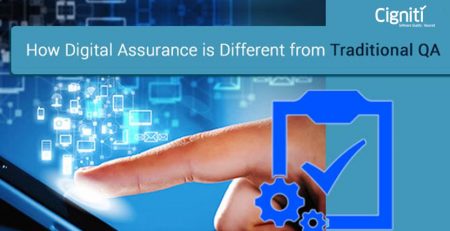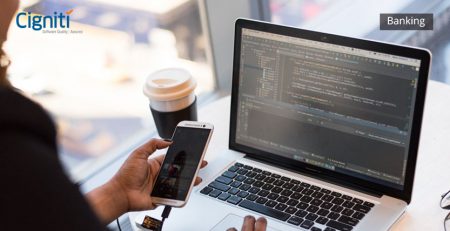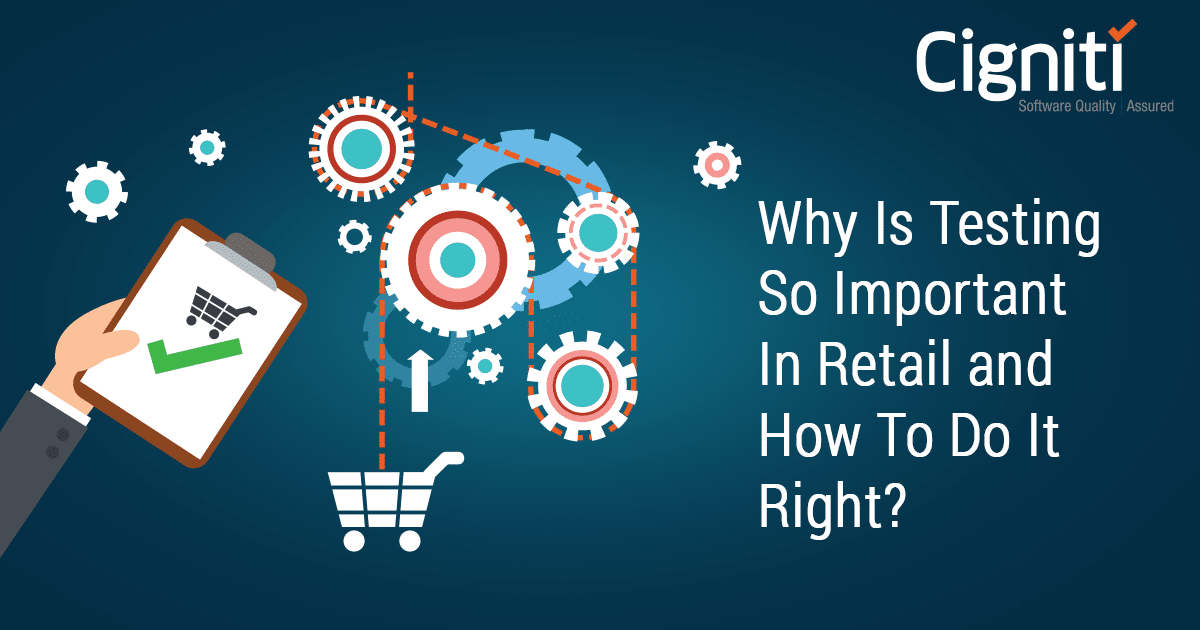Elements of ISO 20022 Migration Assurance Services
ISO 20022 is a new global and open payment messaging standard. It provides a global standard for payment data by establishing a uniform language and paradigm.
The ISO 20022 standard generates higher-quality data than other standards, resulting in higher-quality payouts for everyone. It is a single standardization approach developed and maintained by ISO/TC 68.
This standard is adaptable to changing demands and techniques and isn’t dominated by a single interest group. Anyone in the industry can use it, and it can be implemented on any network.
According to SWIFT, “ISO 20022 is becoming a more generally adopted global payment messaging standard. It is already in use by payment systems in over 70 countries, and in the coming years, it will become the de facto standard for high-value payment systems for all reserve currencies, covering 80% of worldwide volumes and 87 percent of trading volumes.”
The potential and the need to migrate to ISO 20022
ISO 20022 sees vast potential as it is being adopted by market infrastructures in more than 70 countries for payments and securities business. In the next 5 years, there will be 79% of the volume and 87% of the value of transactions worldwide, with 42.5 million messages per day.
The cost savings per annum from the introduction of ISO 20022 in SEPA transactions is estimated to be around €21.9bn. Global institutions are upgrading their existing payment systems to natively accept, process and send ISO 20022 format messages. The investment funds industry has adopted ISO 20022 for fund distribution and other processes.
All financial institutions processing SWIFT MT Category 1, 2 and 9 series messages are mandated to fully comply with CBPR+ guidelines by the end of 2025.
The synergies between ISO 20022 XML based format and PSD2/Open Banking data requirements and the need for financial institutions worldwide to improve operational efficiency and reassess existing business models open new opportunities.
Given the vast potential the ISO 20022 standard carries, it becomes more ethical to migrate and offers a host of benefits.
Benefits of ISO 20022
If you haven’t already done so, now is the time to start migrating to ISO 20022. The tipping point for the standard is soon approaching.
As published on SWIFT’s website, “ISO 20022 greatly enhances the quality of data throughout the payments ecosystem by establishing a uniform language and model for payments data. New customer experiences will be enabled by richer, structured, and meaningful data, while compliance and efficiency will be improved. ISO 20022 is adaptable enough to suit today’s and tomorrow’s needs.”
Every organization’s migration strategy will be unique, but the end goal will be the same: to establish a strong case for the new standard’s benefits.
Here are some of the benefits of the ISO 20022 Migration:
- A richer, extensive and structured data format – ISO 20022 allows for the end-to-end transmission of richer, better structured, and more granular data in payments messages.
- Better Fraud Management practices – The extensive data parameters including risk scores carried by the ISO 20022 messaging format help institutions put in place a more robust fraud and anti-money laundering programs.
- Enhanced Straight Through Processing – Migrating to a single and robust standard that covers all business domains and end-to-end business processes improve straight-through processing.
- An evolved and highly accepted format like ISO 20022 makes it easier to develop new services
- Scope for Improved analytics as ISO 20022 format carries lot more data parameters and in higher detail.
- Using contemporary technology – ISO 20022 aids better integration with the technology landscape at large as it is designed on the contemporary XML format.
- Global acceptance – Nearly 200 market infrastructure-driven initiatives have either used ISO 20022 or are considering doing so for payments and security transformation projects around the world.
Adoption of the ISO 20022 standard will almost certainly result in payments industry improvements and efficiencies.
While there are many benefits to ISO 20022, banks and fintechs face challenges during migration.
Typical challenges and ecosystem impact faced by Banks/FIs
Banks are now facing strict ISO 20022 compliance requirements. Any migration strategy must strike a balance between fulfilling these deadlines and preparing for the future.
This is easier said than done due to the intricacy of ISO 20022 and the interdependencies of implementing a new industry standard.
Some of the key migration challenges that need to be overcome are as follows.
- ISO 20022 brings complexity in its format – Payments solution providers using legacy technology must use a transformation tool to map their pre-ISO 20022 systems to the new standard. This will need to incorporate the appropriate policies for anti-money laundering, anti-fraud, and compliance checks.
- Different market infrastructures, Different specifications – The implementation recommendations for different payment schemes (such as HVPS+ and CBPR+) vary significantly, even if the underlying payment formats adhere to the ISO 20022 standard
- Accommodating / Upgrading legacy structure – Legacy systems are not built to handle or support the MX format, limiting their ability to take advantage of the benefits it brings. In these circumstances, legacy systems must be updated, replaced, or protected from the effects of ISO 20022 using converters or translators. Multiple interrelated system upgrades necessitate a budget which require consensus among stakeholders and partners.
- Change or perish – The ISO 20022 migration is not the only high-stakes project underway at most banks, as complex and massive as it is. When this is combined with regulatory deadlines, it’s a recipe for “design to budget” solutions that make the bare minimum of changes and end up being a bad match in the long run.
- Data management overhaul – Repetitive parts of ISO 20022 communications can increase the length of messages by hundreds of times. This massive increase in data necessitates a complete rethinking of all the infrastructure that will handle ISO 20022 data.
The ecosystem impact of the ISO 20022 migration includes –
Payment Engine: Decommissioning/amalgamating multiple engines that are currently aligned with the existing payment schemes.
Existing Databases: Banks will need to update their existing databases or upgrade to a completely new database to support the rich data format. Additional storage costs are a byproduct of this migration.
Reporting and Analytics Engine: Complexities in reporting and the need for real-time payment analytics.
Payment monitoring systems: Need for enhanced payment monitoring systems/screening to take advantage of the new format.
Back-end and front-end systems: Anti-money laundering, sanction screening, accounting, billing, reconciliation, reporting systems, information retaining and archiving.
While ISO 20022 has a potential impact on banking and fintech companies, it is imperative to understand why they should be compliant with ISO 20022.
Why should banks and fin-techs be compliant with ISO 20022
SWIFT’s payment migration to ISO 20022 has been heralded as a pivotal point for the financial services industry.
In conjunction with expanding immediate payment systems, the new standard offers not just improved interoperability between diverse settlement networks, but also easier worldwide communication, simpler straight-through processing (STP), and more efficient compliance processes.
The new standards’ potential impact is so great that banks and financial institutions can’t afford to think of them as just another IT project or a crate exercise forced upon them by industry movements like SWIFT and payments market infrastructures (PMIs).
ISO 20022 gives banks the chance to rethink how they do business and prepare for a digital future.
Because of the opportunities provided by ISO 20022, a bank can implement a number of solid and future-proof methods.
The capacity to offer new data components and communicate richer information improves payment chain transparency, makes compliance with evolving regulations such as CBPR+ and SWIFT HVPS+ easier.
Improved customer service, higher use of digital straight-through processing (STP), lower operational costs, increased innovation, and a boost to the entire payments value chain are all benefits of improving payments data.
Whether banks and financial organizations see the opportunity or not, significant changes are on the horizon for them.
There are several operational, infrastructure, and technological considerations, and meeting them will be critical to success, not just in the ISO 20022 transition.
While ISO 20022 has a potential impact on banking and fintech companies, it is imperative to understand the elements of migration services.
Broad Elements of Migration Assurance Services
The ISO 20022 Migration Assurance service assists businesses in ensuring quality throughout the entire migration lifecycle.
The key factors needed for a successful ISO 20022 migration assurance service include
- Clear perspective of migration timelines
- Understanding the evolving nature of Bank/FI’s legacy infrastructure
- Addressing data handling challenges
- Handling phases of co-existence of multiple messaging standards
- Compatibility of multiple payment and settlement ecosystems while transitioning
- Take a long term view of business value addition and beyond compliance
The elements of ISO 20022 migration services are broadly classified into 5 categories – Impact Assessment, Message Development, Message Mapping and Transformation, Business Process Verification, and Integration Testing.
1. Impact Assessment
- Assess the impact on existing legacy message parameters
- Build a complete mapping templates encompassing regulatory guidelines and customer specific requirements (Supplementary data, regulatory fields)
2. Message Development
- Design and development as per CBPR+ and HVPS+ guidelines
- MT-MX mapping equivalent
3. Message Mapping and Transformation
- Supplementary data mapping
- Design and build changes to the mappings directly with zero error hand-off
- Conversion of XML and non-XML formats to MX
4. Business Process Verification
- Validation of the legacy and redesigned business processes for data seeding and completeness.
5. Integration Testing
- Validation of critical end points with peripheral business applications.
- Validating all the integration points between the transformer and upward/downward systems.
ISO 20022 delivers data that is richer and of greater quality, allowing for much more detailed information about the payment. This implies fewer errors, less manual intervention, fewer delays for the end consumer, and, in the end, a more efficient, cost-effective, and high-quality payment system and experience for everyone.
Conclusion
Cigniti is extremely well positioned with respect to all the critical success factors needed for ISO20022 migration assurance and offers an end to end solution that will help organizations transform their application landscape to be ISO20022 compliant.
Cigniti has a strong body of technical and business differentiators which can help it achieve a niche in the ISO20022 migration.
Cigniti has tied up with a world leading provider of Financial messaging solutions to provide end to end solution to transform existing messages to ISO20022 messages.
Our domain expertise includes SWIFT Messages (MT, ISO 20022), CBPR+ Guidelines, Global Payment Infrastructures [EURO1, BoE RTGS (CHAPS), Fedwire & CHIPS, CHATS, MEPS+].
The tool capabilities include a readily built MT to MX mapping on the Transformer tools GUI, a message tool library that allows the user to create ISO 20022 compliant messages in either XML or JSON, a clear and non-technical visualization of the mappings, and supports numerous financial messaging standards, including SWIFT, NACHA, ISO 7775, 8583, 15022, 20022, etc.
As an independent testing services company, Cigniti maintains the integrity of the migration and assurance activities. Our test artefacts include a glossary of SWIFT MT & ISO 20022 terminologies, an ISO2022 tag dictionary, MT to MX message mappings, and reusable test artefacts. The Messaging Standards Expertise comprises of the ISO 20022 format – message components and syntax, and the return handling process – Recall and Revoke.
Cigniti’s ISO 20022 capabilities include Message mappings and templates to accelerate testing for SWIFT MT to MX migration, Standardized messages for testing the standalone ISO 20022 message validation, Reusable test artefacts for testing the standalone SWIFT MT message validation.
Need help? Consult our right team of experts to help with the migration, along with the precise technical solutions to meet all your ISO 20022 needs.






Leave a Reply